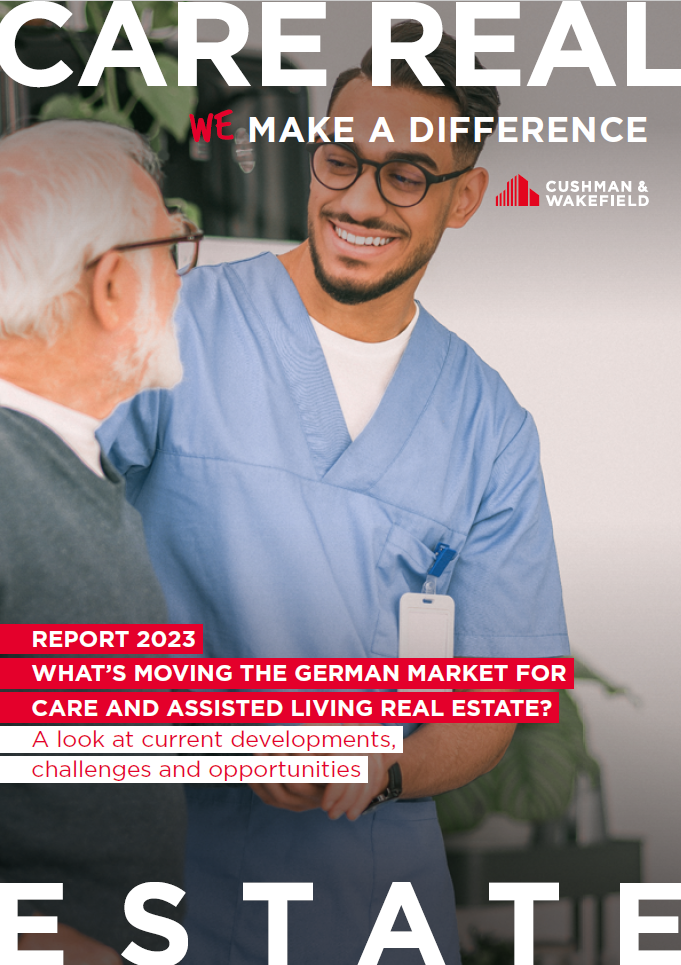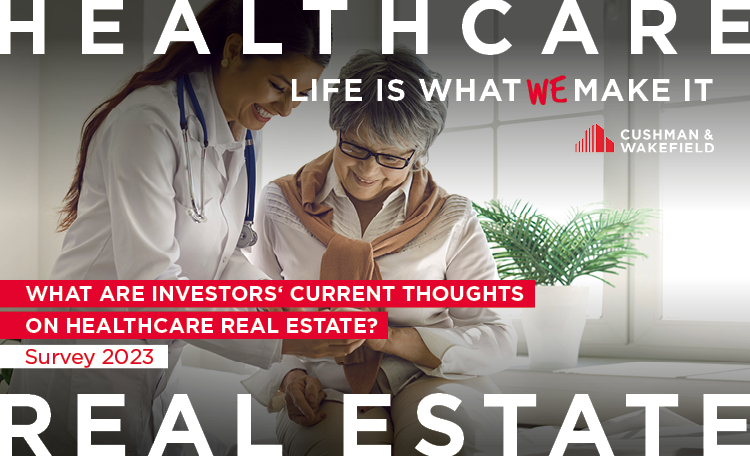With demographic change, the care real estate market has grown enormously: Care real estate has risen from a niche to an established asset class and have long since ceased to be attractive only to specialist investors. At the same time, the market is heavily regulated and closely tied to facility operators, who are under increasing pressure in the face of rising costs and regulations. Against this backdrop, the less regulated assisted living sector has gained significantly in popularity. Despite a subdued second half of the year, the care real estate market has been solid and remained in demand overall in 2022, with investors' focusing increasingly on operator liquidity and rising ESG requirements.
How is the German care real estate market developing in view of the tension between excess demand on the one hand and a shortage of skilled workers, cost increases and stricter legal and ESG requirements on the other? We provide an overview of the structure and current trends and shed light on the market from the perspective of experts in the field.
Focus of the report:
- What are the characteristics of the German care real estate market?
- Which developments are shaping the market particularly strongly regarding the future?
- Interviews: What challenges and opportunities do leading property developers and investors see?







